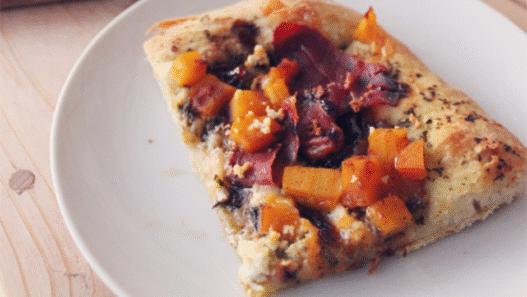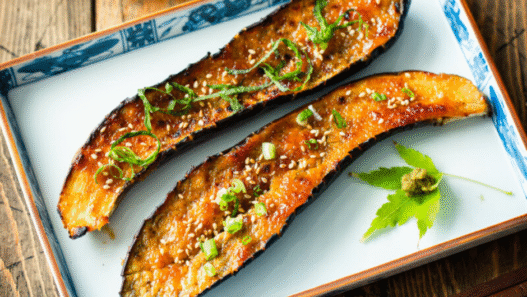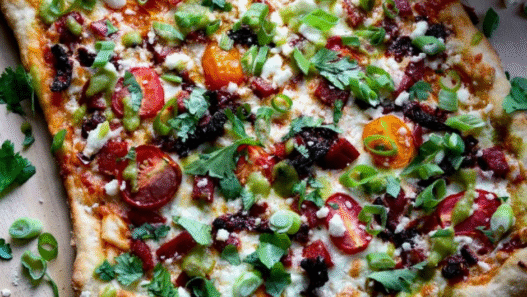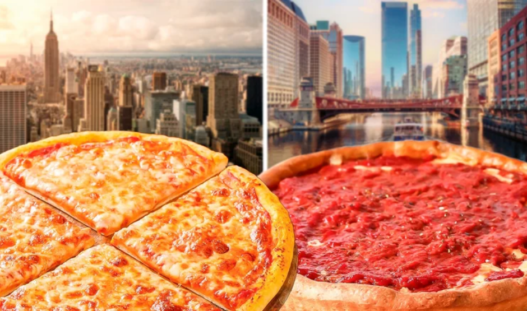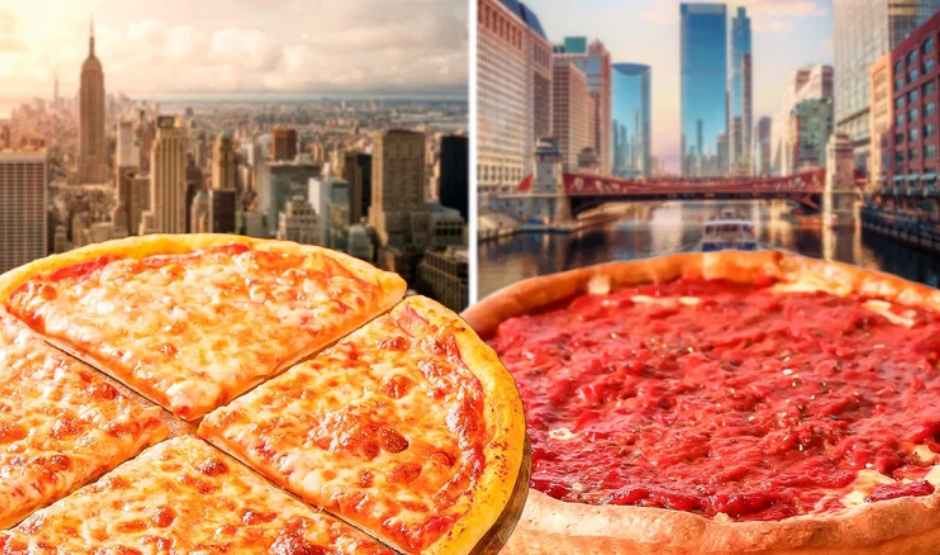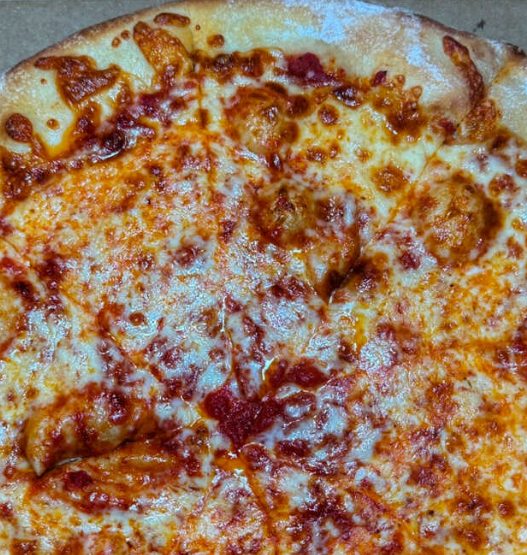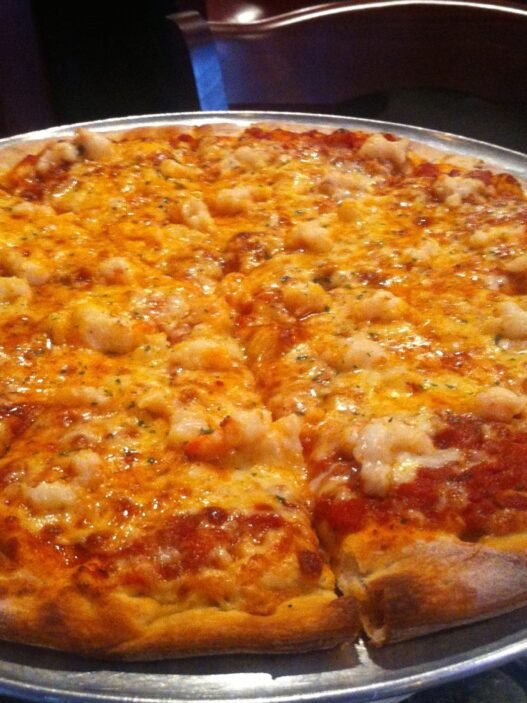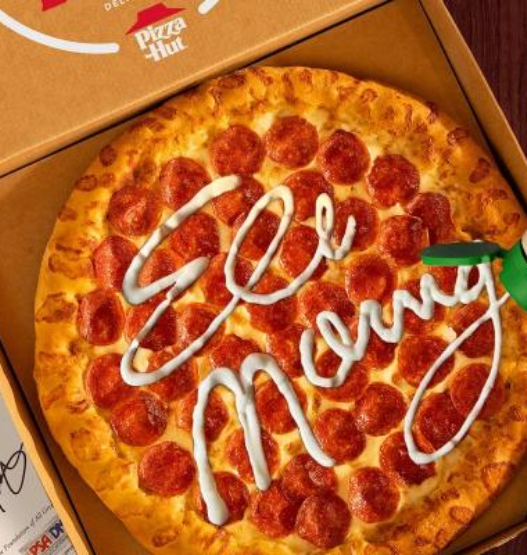Inspired by content originally published on Cracked by Mark Hill.
Introduction
There are few rivalries as enduring-or as delicious-as Chicago deep dish versus New York thin crust. It’s more than a battle of sauce and dough. It’s a clash of cultures, culinary traditions, and city pride.
Mark Hill’s humorous and insightful piece for Cracked frames this age-old food fight through the lens of a proud Chicagoan, reminding us that pizza is more than just what’s on the plate, it’s a statement of identity. At Pizza Magazine, we’re diving deeper into what this debate means for pizza enthusiasts, suppliers, and shop owners and how the ongoing rivalry is shaping the future of the pizza industry.
The Slice Heard Around the World
Let’s start with the basics.
New York-style pizza is defined by its massive, foldable slices, chewy crust, and hand-tossed thin dough. It’s fast, portable, and best enjoyed on a paper plate, standing on a sidewalk.
Chicago deep dish, on the other hand, is more like a pizza-casserole hybrid: a thick, buttery crust, layers of cheese and meats, chunky tomato sauce on top, and a bake time that could rival a Sunday roast.
But beyond the ingredients and styles, what Hill brilliantly captures is how the debate represents regional pride, and even cultural defensiveness.
🍕 Pizza Pro Tip for Enthusiasts:
Try recreating both styles at home to truly appreciate their craft. For New York-style, use Caputo Americana “00” flour and a pizza steel for that signature crisp. For Chicago deep dish, you’ll need a cast-iron deep dish pan, San Marzano tomatoes, and low-moisture whole milk mozzarella.
The Real Winner? Regional Identity in Pizza Branding
The truth is, both styles are fantastic—but they serve very different needs and emotional experiences. This is key for pizza shop owners and marketers to understand. You’re not just selling food—you’re selling a feeling.
- New York-style appeals to those who love fast-paced, grab-and-go urban energy.
- Chicago deep dish satisfies the indulgent, sit-down-and-savor moments.
Rather than forcing a one-style-fits-all model, shops can lean into their regional pizza identity and expand by playing off the rivalry. Offer “coast-to-coast” nights, or a battle-of-the-slices week and let your customers decide.
🧠 Marketing Insight for Shop Owners:
Create limited-time menu items inspired by both cities. Feature Chicago-style sausage pies alongside a classic New York pepperoni fold. Market it as a “United Slices of America” week, and use storytelling to highlight the history behind each style.
Affiliate tools like Canva Pro and MailerLite can help craft branded visuals and campaigns that tell the story while driving foot traffic or delivery orders.
Suppliers: A Tale of Two Ingredient Demands
The ongoing popularity of both styles has implications for ingredient sourcing and kitchen equipment. Deep dish requires more cheese, more sauce, and longer bake times. Thin crust demands precision with dough hydration, stretching, and oven temp control.
For suppliers, this is an opportunity to tailor offerings:
- Provide bulk cheese packages or chunky crushed tomatoes for deep dish clients.
- Offer flour blends for high-gluten, hand-tossed dough for New York-style setups.
- Promote dual-zone pizza ovens that let restaurants execute both styles simultaneously.
From the Streets of Chicago to TikTok Fame
Another angle Hill touches on—intentionally or not—is how modern platforms are changing how these pizza styles are perceived. On social media, Chicago’s visual drama wins clicks, while New York’s foldable authenticity garners nostalgia.
📈 Engagement Tip:
Encourage user-generated content. Ask your customers to post videos folding a slice or cutting through the lava-like center of a deep dish pie. Add hashtags like #TeamDeepDish or #FoldItRight and incentivize the best post with a free pizza.
The goal? Create micro-brand communities inside your shop, where your customers champion their pizza philosophy—and bring their friends along for the ride.
The Final Slice
New York vs. Chicago will probably never be settled. And that’s okay. The debate keeps pizza at the center of cultural conversations, Instagram stories, and culinary evolution.
What matters most is understanding how to leverage the passion behind the pizza. Whether you’re building out a menu, sourcing ingredients, or running a high-volume kitchen, the lesson is the same: people don’t just eat pizza—they connect to it.
So rather than choosing a side, embrace the rivalry. Use it to tell better stories, develop richer flavors, and deliver unforgettable experiences—one slice at a time.
Affiliate Disclosure: This article contains affiliate links, which means Pizza Magazine may earn a commission if you purchase products through them. We only recommend products and services that align with our editorial values and serve the needs of our pizza-loving community.






